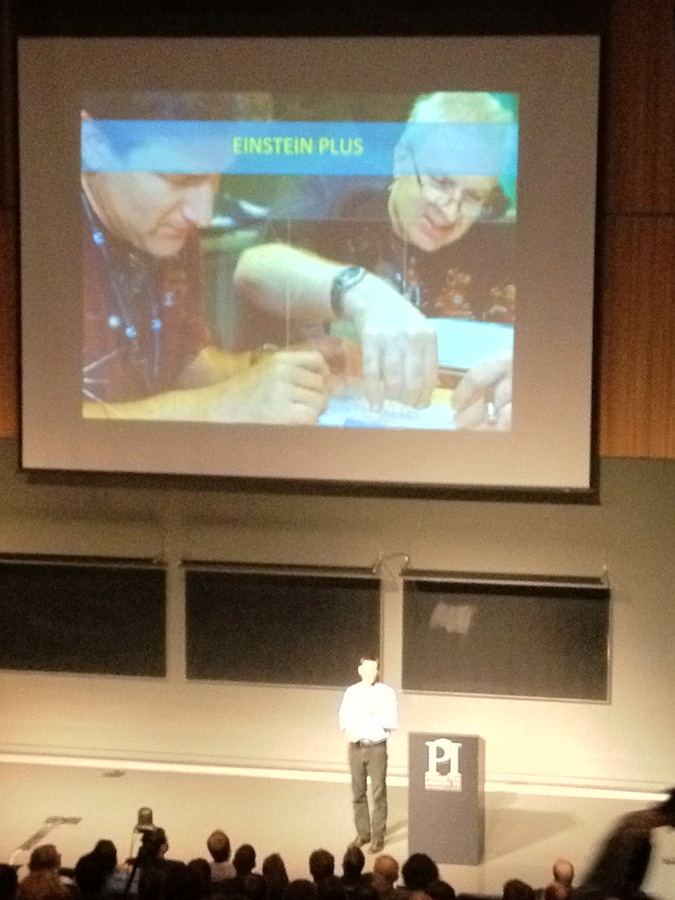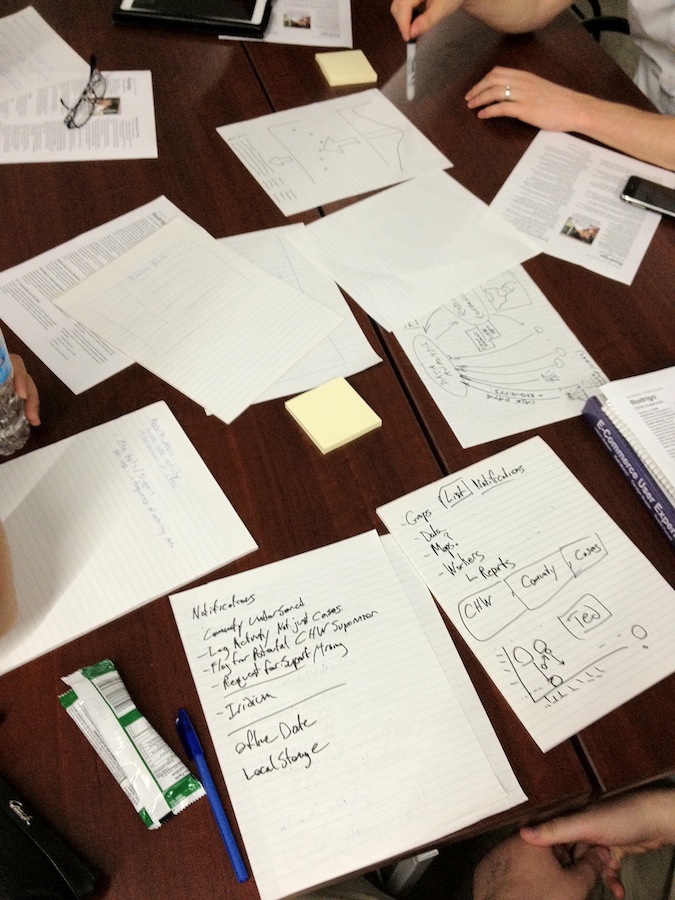I had another busy month in June, which made for another sparse month for blog posts. Here are some of the highlights of what kept me busy.

(Ignite Waterloo 9)
On June 12 Ignite Waterloo held its ninth event, this time at the Perimeter Institute for Theoretical Physics. Once again, it was hugely popular, with tickets selling out in just a few hours. I’ve helped to organize these events since the very first one, and this version really felt like the best yet — the speakers were great, the venue was fantastic, and everyone had a great time.
After nine events, though, I need to take a break from Ignite Waterloo, mostly because I need to focus on Fluxible, a conference that I’m co-chairing with Bob Barlow-Busch in September. It’s been keeping me busy finalizing details around speakers and the program. Bob and I are pretty excited about it, and we’ll be opening up registration very soon. I’ll write more about Fluxible in the near future.

(uxWaterloo design workshop)
June featured two uxWaterloo events, rather than the more usual one event. The first was another visit to Felt lab, while the second was a design workshop focused on helping out Tula Foundation, a not-for-profit with a health-care project in rural Guatemala. I’m happy that uxWaterloo is easing into summer mode now, with a couple of low key social gatherings in July and August, details of which will announced soon.
